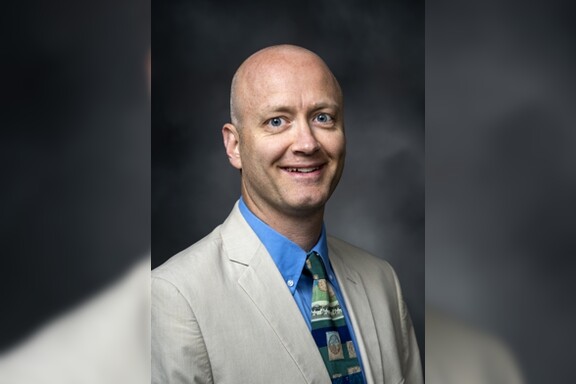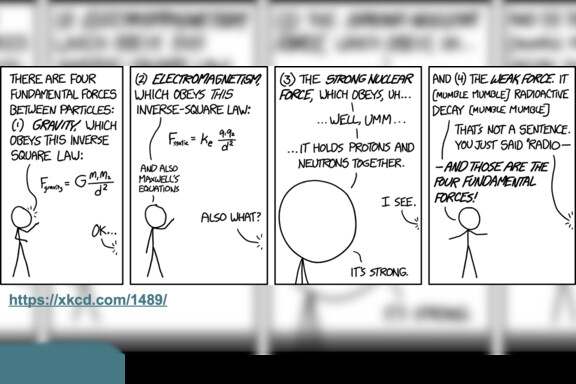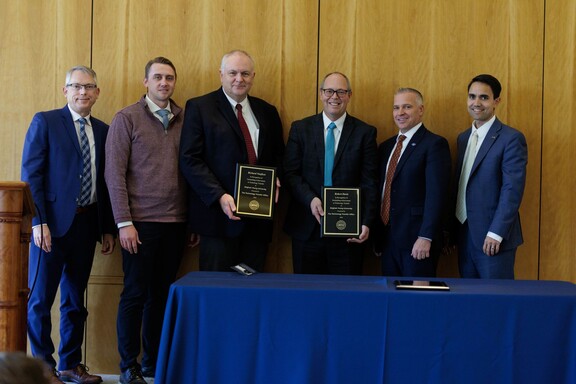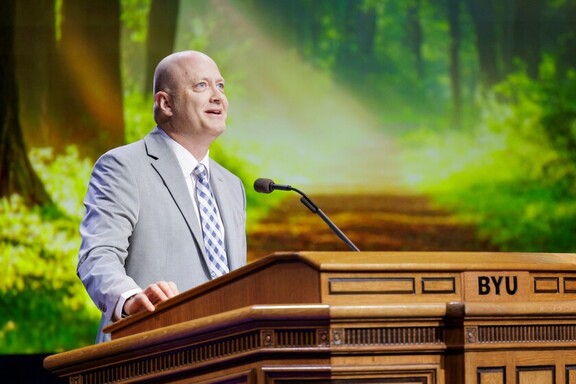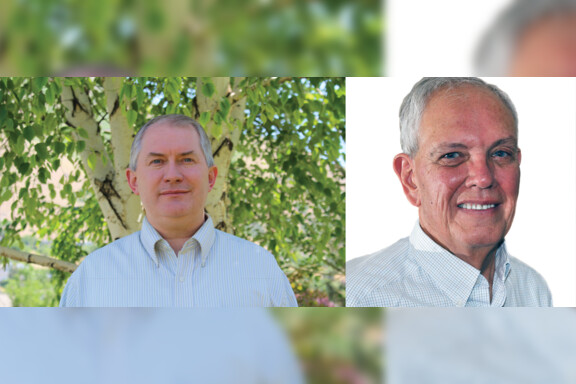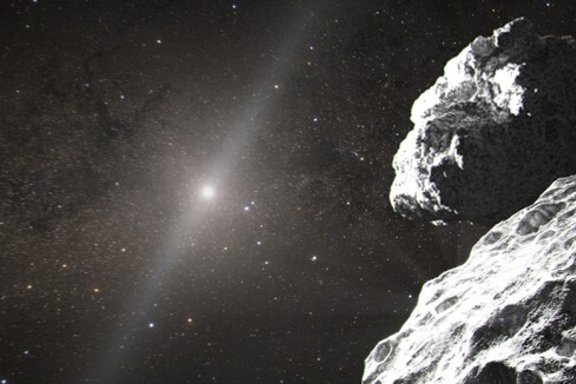Dr. Tracianne Neilsen has spent many years trying to find a balance between family, mentoring students in acoustics, and teaching physics. After 12 years at BYU, Neilsen received the BYU Adjunct Faculty Excellence Award at the Annual University Conference in recognition for her outstanding contribution to the Department of Physics and Astronomy, and the University. The award is given to a part-time faculty member who has demonstrated excellence in teaching or in other professional responsibilities over a period of at least five years.
Neilsen, however, isn’t the only “Dr. Neilsen” teaching in the Department of Physics and Astronomy. Neilsen’s husband is a full-time faculty member in the same department.
“That’s why I’m an adjunct – so that we don’t have the full load on both of us, and it provides me the opportunity to drop kids off at eight and pick them up at two and have a little more flexibility,” she said.
While the family-work balancing act is often tricky, Neilsen is grateful for the opportunities she has been given. She loves working with the students and participating in acoustics research.
“I love watching people learn new things, discover things and get excited about them, and I love learning new things too,” she said.
Part of Neilsen’s teaching style is to involve students in the learning process.
“I am a big fan of active learning. I really think the students need to be engaged in learning . . . lots of questions and discussions in the class,” she said.
Additionally, Neilsen believes in giving students time to develop an interest in subject matters before they come to class. This means giving them an at-home experiment, online simulation, or a reading and short writing assignment about students’ observations.
“Then we can start a class discussion all having thought about the material, instead of being the first time they’re exposed to the material in class,” she said.
Though most part-time faculty only teach, Neilsen is also involved in acoustics research and mentoring students. Her favorite part of that experience is seeing growth in her students.
“I get to see more growth of the individual, . . . growth in learning to communicate, both written and oral, and growth and maturity in their thinking process,” said Neilsen. “Helping them learn and develop in those ways and [helping] them prepare for whatever is coming after they graduate is very rewarding.”
More Information on This Article
News and Events
